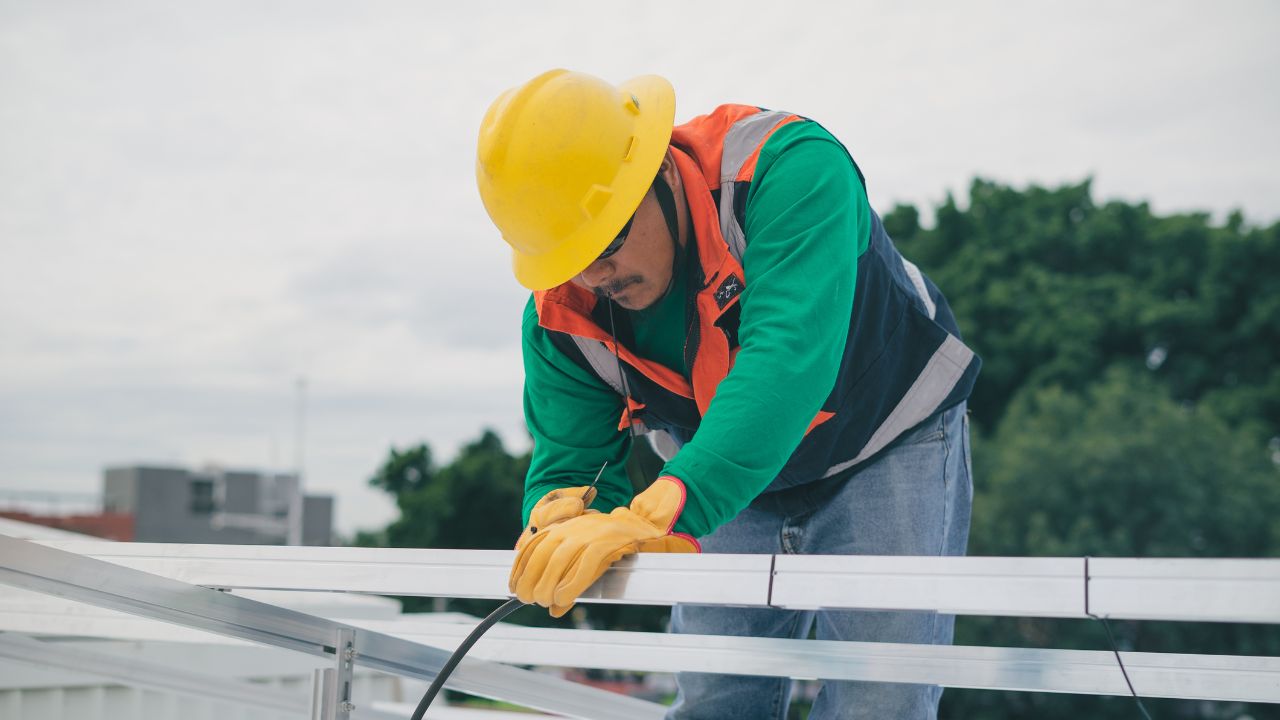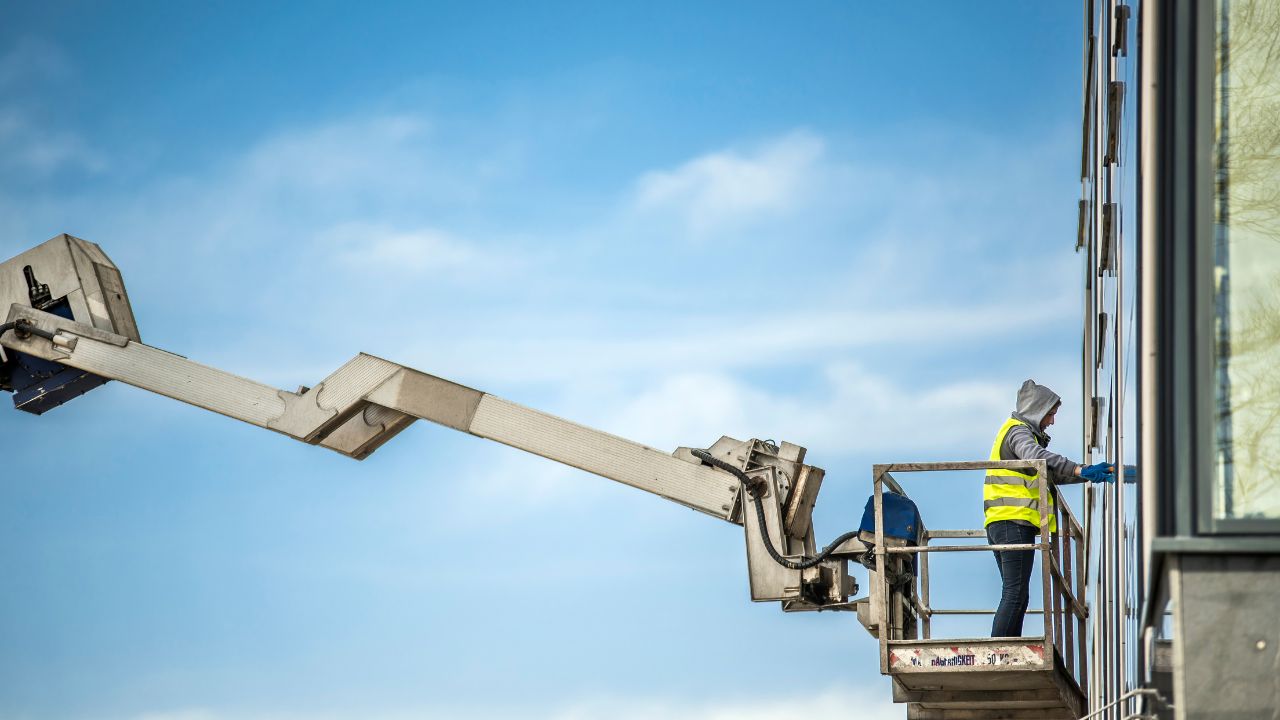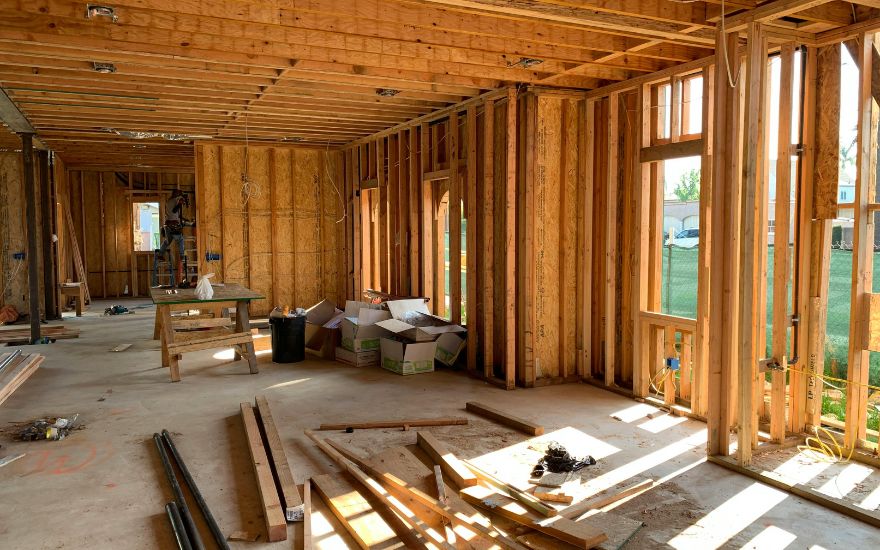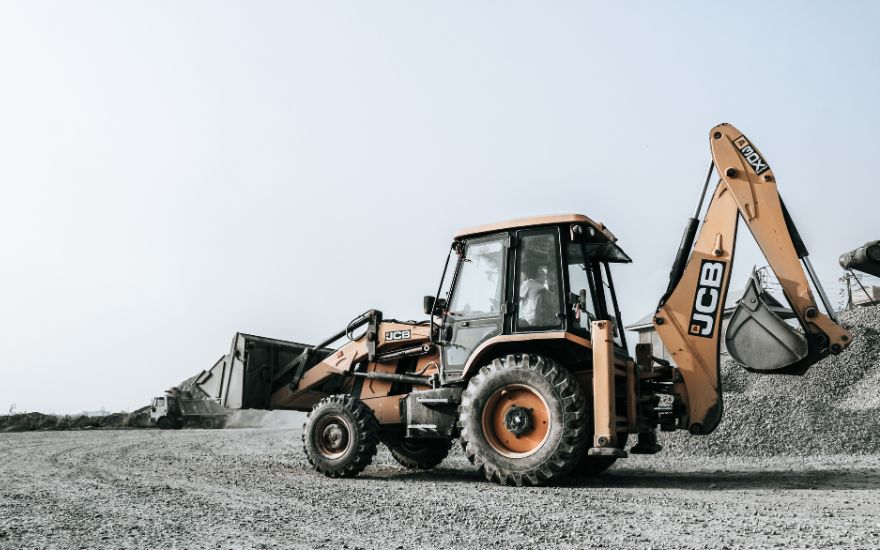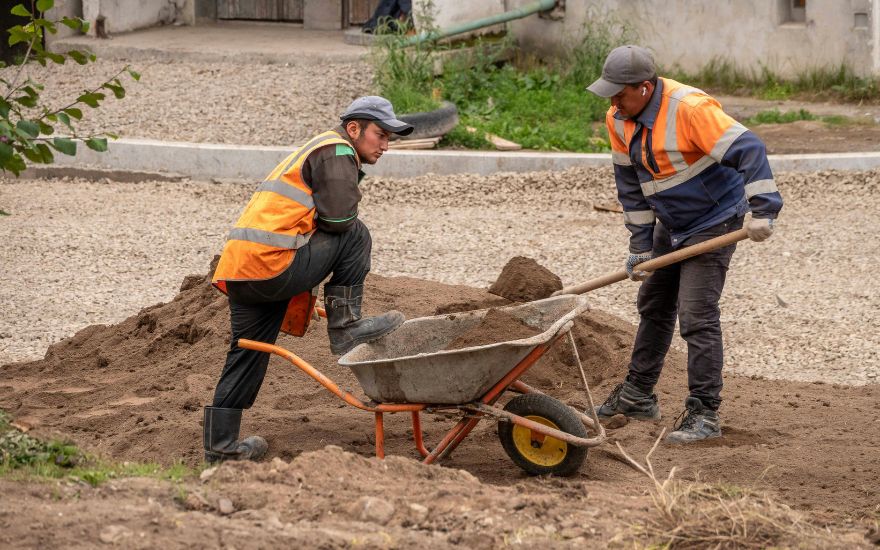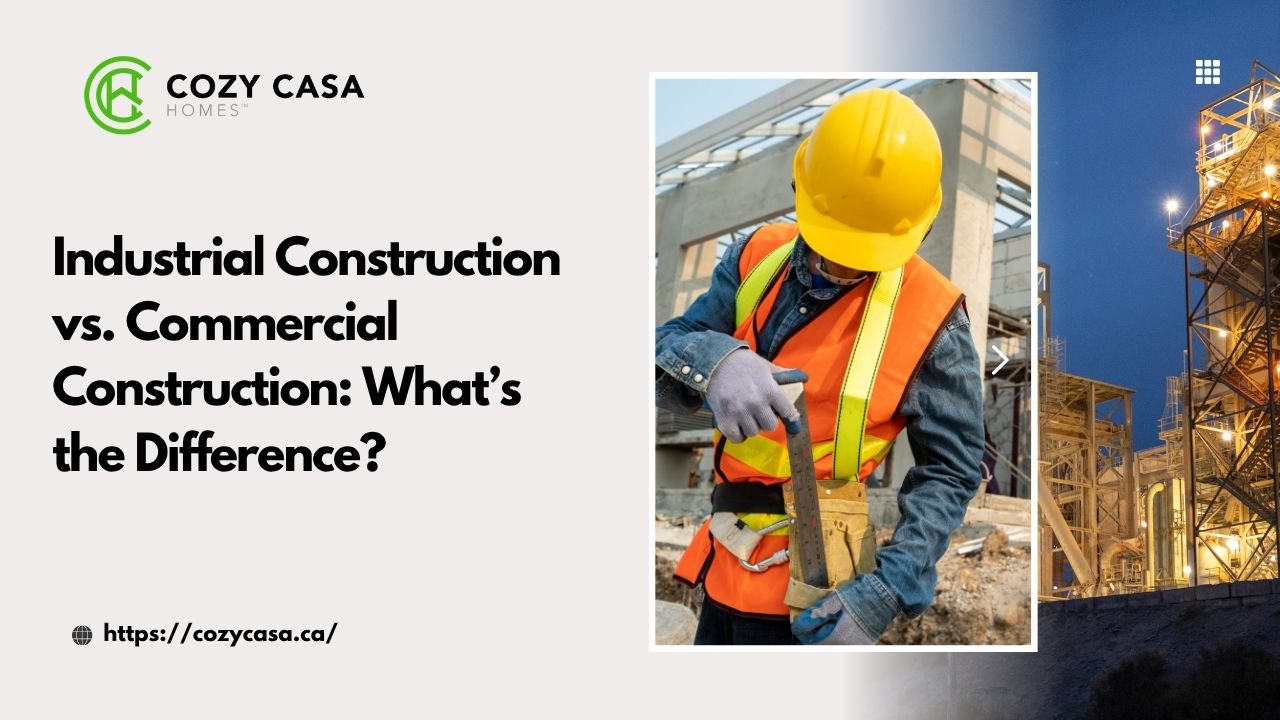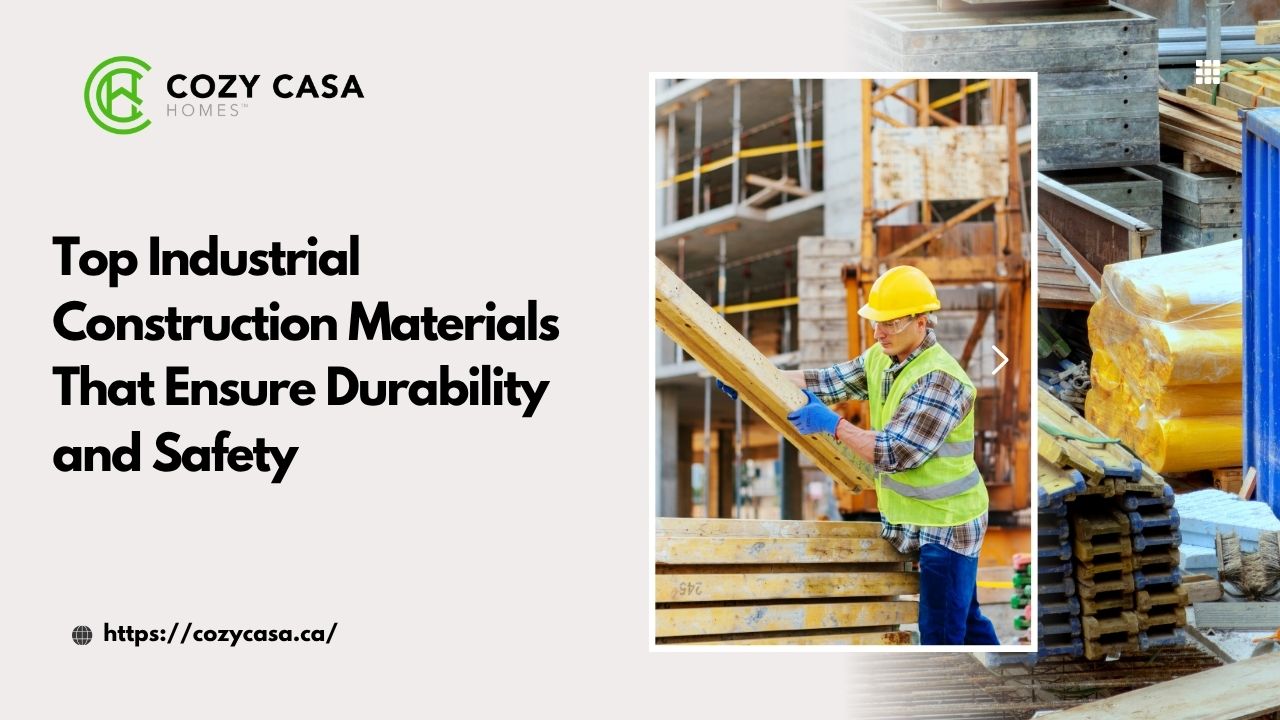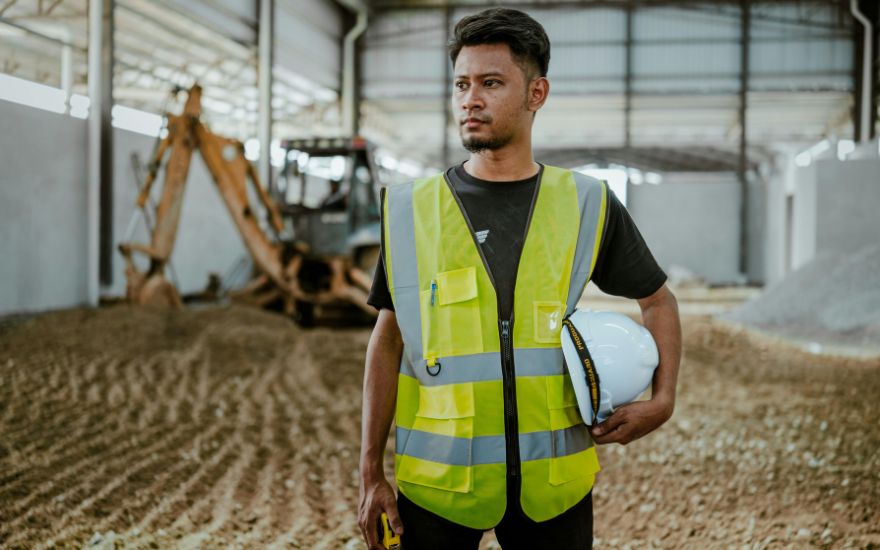When planning a new build, selecting the right construction partner can define the success of your entire project. In Canada, PCL Construction stands out as a leader in large-scale development, known for its innovation, digital integration, and project excellence. But what exactly does PCL Construction do, and how does its process translate for residential or mid-sized clients like those served by CozyCasa?
This blog will unpack everything you need to know about PCL Construction: its operations, project approach, strengths, and how homeowners and developers can learn from its methodologies. Whether you’re building your dream home or managing an investment property, understanding the PCL framework can inform smarter decisions—and CozyCasa can bring that high standard to your local project with personalized care.
An Overview of PCL Construction in Canada
What Is PCL Construction?
PCL Construction is a group of independent general contracting construction companies operating across Canada, the U.S., and Australia. As one of the largest contractors in North America, it works on everything from commercial towers and stadiums to hospitals and civil infrastructure.
As a client, this means access to deep industry experience and time-tested systems. But it also means projects follow strict protocols, are digitally managed, and require skilled oversight. Understanding this model offers great insight into what efficient, professional-grade construction looks like.
How PCL Operates
PCL is a 100% employee-owned company, promoting accountability at every level. Each team member has a stake in project outcomes, which fosters a culture of precision and long-term vision.
This model contrasts with smaller builders but offers a template for success—one that CozyCasa adopts through team-driven collaboration, community accountability, and strategic planning from start to finish.
A Legacy of Excellence
Since its founding over a century ago, PCL Construction has grown by delivering consistent results and embracing innovation. The company has worked on iconic landmarks, continually investing in workforce development and technology.
This long-standing reputation provides a framework that smaller firms like CozyCasa look to for inspiration. By learning from proven strategies, we ensure homeowners benefit from tried-and-true techniques adapted for residential builds.
Training and Talent Development
PCL places a strong emphasis on workforce training and ongoing education. Their structured career development paths and apprenticeship programs ensure every worker is equipped with modern techniques and safety standards.
CozyCasa takes inspiration from this by working exclusively with skilled tradespeople and encouraging continuing education to keep our team aligned with industry advancements and best practices.
Collaborative Subcontractor Networks
PCL builds and maintains long-term partnerships with trusted subcontractors, helping ensure smooth operations, quality assurance, and consistency across multiple projects.
CozyCasa has a curated roster of trusted subcontractors, artisans, and vendors who align with our values of quality, transparency, and reliability. This fosters collaboration and strengthens trust throughout the build process.
How PCL Approaches Construction Projects
Integrated Project Delivery
One of PCL’s most notable strategies is Integrated Project Delivery (IPD). This means involving stakeholders—architects, engineers, clients, contractors—from the start to ensure everyone’s aligned.
This method reduces rework, enhances efficiency, and improves final outcomes. At CozyCasa, we apply the same approach by getting you involved early with architects, permit officers, and design consultants.
Preconstruction Planning
Before a shovel hits the ground, PCL invests heavily in preconstruction. This includes estimating costs, identifying risks, and planning logistics.
You benefit from this approach by understanding how early planning avoids future setbacks. CozyCasa mimics this process to keep residential timelines predictable and budgets intact.
Use of Digital Tools
From BIM (Building Information Modeling) to drone surveys, PCL uses cutting-edge tech to streamline and monitor progress.
Although smaller-scale builds don’t always require the same level of tech, CozyCasa uses cloud-based management, digital timelines, and client dashboards to offer the same transparency and control.
Sustainability Focus
PCL is a pioneer in green building, often integrating LEED-certified designs, energy-efficient systems, and waste reduction methods.
If you’re building a home today, those standards matter. CozyCasa brings that sustainability ethos to your build, using eco-friendly materials, energy-conscious layouts, and long-lasting fixtures.
Lean Construction Philosophy
PCL promotes lean construction—eliminating waste, improving workflows, and continuously improving throughout the lifecycle of a project.
CozyCasa takes this lesson to heart, minimizing excess, streamlining schedules, and using just-in-time deliveries to reduce clutter and improve productivity on residential job sites.
Financial Transparency and Cost Control
A hallmark of PCL’s success is their clear and consistent financial reporting. They track every line item and change order meticulously to avoid surprises.
At CozyCasa, we’ve integrated a similar level of cost transparency for our clients, offering line-by-line budgets, real-time spending updates, and proactive cost-control strategies to keep you informed and empowered.
What Homeowners Can Learn From PCL Construction
Strategic Scheduling
PCL’s layered scheduling approach—incorporating weather delays, subcontractor shifts, and inspections—ensures no time is wasted.
CozyCasa applies this mindset by mapping detailed milestones and padding schedules for permit delays or seasonal weather factors.
Quality Control Checks
At every stage, PCL has embedded quality control processes: from material inspections to structural reviews.
We bring this into your home build with checklists, walkthroughs, and third-party evaluations at critical phases.
Communication Protocols
PCL ensures every stakeholder is looped in through platforms, meetings, and updates.
CozyCasa gives you a dedicated project manager and client dashboard so you’re always informed. Transparency builds trust and helps spot issues early.
Post-Construction Support
PCL provides detailed close-out documents, warranties, and post-build inspections. This ensures that project turnover is smooth.
We offer similar services—from home manuals to 60-day and 1-year follow-ups—to ensure you’re satisfied long after move-in.
Safety-First Culture
PCL integrates strict safety policies across its sites. All teams undergo training, and protocols are enforced at every level.
CozyCasa adapts this by working with licensed, insured professionals and maintaining safety inspections throughout your build, ensuring compliance and peace of mind.
Why CozyCasa Is the Ideal Local Alternative
While PCL excels in large-scale commercial or institutional builds, CozyCasa adapts those best practices for residential and boutique projects. With CozyCasa, you get:
- Pro planning: Just like PCL, we emphasize preconstruction strategy and permitting.
- Tech-driven tools: Access to progress updates, digital timelines, and budget transparency.
- Sustainable choices: Energy-smart design, local materials, and minimal waste builds.
- Personal support: From kickoff to keys-in-hand, you’re always connected.
Whether you’re building a custom home or managing a property investment, CozyCasa brings the professionalism of PCL with the heart and flexibility of a local team.
Conclusion
PCL Construction sets the benchmark for quality, efficiency, and innovation in the building world. But you don’t need to hire a global giant to access that level of excellence. CozyCasa adopts the same high standards—tailored to your home, your timeline, and your budget.
If you’re planning a new build, let’s chat. We’ll walk you through every step, bring top-tier systems to your project, and make your vision a reality—just like PCL would, but with the warmth of a neighborhood builder.
Visit CozyCasa.ca to explore how we bring big ideas to life on a personal scale.
FAQs
- What is PCL Construction known for?
PCL Construction is known for large-scale projects, employee ownership, and its use of technology and integrated project delivery methods. - Can homeowners work directly with PCL Construction?
PCL typically handles large commercial or government projects, but residential clients can benefit by working with firms like CozyCasa that adopt PCL’s best practices. - Does PCL use sustainable building methods?
Yes, PCL emphasizes green building, including LEED certifications, energy efficiency, and waste reduction strategies. - How does CozyCasa reflect PCL’s project management style?
CozyCasa mirrors PCL by emphasizing preconstruction planning, tech tools for updates, sustainability, and clear communication. - What is Integrated Project Delivery (IPD)?
IPD is a collaborative construction method where all stakeholders are involved from the beginning to improve alignment and reduce delays. - How does CozyCasa keep clients updated during a build?
Clients receive a dedicated project manager and access to digital dashboards for real-time updates, budgeting, and scheduling. - Are PCL’s digital tools available to small builders?
While not all tools are scalable, many concepts like BIM, cloud dashboards, and scheduling software are adopted by builders like CozyCasa. - What is BIM in construction?
BIM stands for Building Information Modeling—a 3D digital planning system that helps improve design, identify conflicts, and manage builds efficiently. - How do CozyCasa and PCL compare on sustainability?
CozyCasa uses eco-friendly materials, energy-smart designs, and waste-reducing strategies inspired by PCL’s green building philosophy. - Why choose CozyCasa instead of a larger firm?
You’ll receive expert-level planning and technology paired with personal service, flexible timelines, and a deep understanding of local permitting and design needs.

